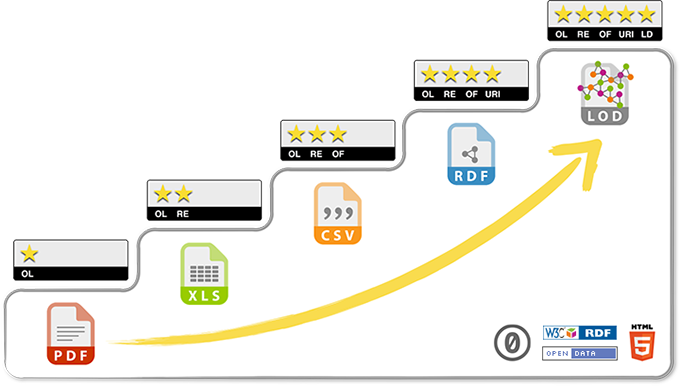. La ICT tiene conexiones directas con los movimientos de intelectuales y activistas en torno a las nociones de ‘decrecimiento’ y la defensa de los comunes. La ICT, el decrecimiento y los comunes en conjunto constituyen un espacio unificado para el futuro desarrollo de la teoría y la práctica del diseño para la transición. En la siguiente sección voy a proponer unconjunto similar de nociones provenientes de América Latina, incluyendo el post-desarrollo, el buen vivir, los derechos de la naturaleza y las transiciones al post-extractivismo como espacios importantes para profundizar el diseño para la transici
¿Cómo esto podría experimentarse desde escalas locales, en un hackerspace, barrio o pequeña ciudad tensionada por el crecimiento, como Cajicá?
Una de las posibilidades sería transparentar el discurso y acción política en pequeñas ciudades y barrios a partir de las prácticas ocurridas desde el hackerspace y/o la biblioteca pública., extendiendo y conectando lo que ocurre en los planos simbólicos y del código, con los de los planos físicos y el diálogo cotidiano. Los Data Selfies son un prototipo en esa línea.
